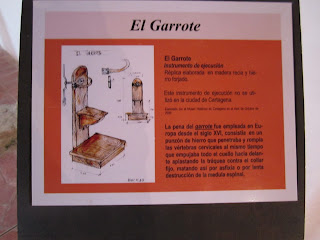Of all the ahu in Rapa Nui, the site of Vinapu in the extension of the Mataveri airport track is undoubtedly the onethat raised more theories about the origins of the island’s population. The Vinapu is composed of two ahu, which face away from a cliff in the southeast slope of the Rano Kau, and of the remains of a third ahu located in front of the hydrocarbon storage tanks. In this place there is a deteriorated monolith and a perfectly assembled stone structure: an exciting discovery for many archeologists.
With a little imagination, the complex can be compared to a ceremonial center built by natives of the Bolivian city of Tiwanacu in South America (since the arrangement of the monoliths and the stones is similar to the walls built by the Inca people.) It is easy to forget that the Vinapu is previous to the golden age of the Incas (the ahu date from the year 1200.) Due to the absence of formal excavations, this place has remained sufficiently mysterious, so that the most liberal researchers can give free rein to their fantasies.
If we also consider the fact that the people of Rapa Nui cultivated the sweet potato (kumara), native from South America, we can understand why Vinapu became “proof” that the islanders came from Peruvian coasts. Some even outlined the theory of blonde giants similar to the Vikings who escaped from Tiwanacu and Peru in great rafts made of cane and sailed to Rapa Nui. They are supposed to be the fathers of this megalithic society, before the Polynesians arrived and destroyed their brilliant civilization. Regardless of this site’s origin, you should visit Vinapu for what it is: a place where the genius of the islanders to work the stones is fully expressed. However, in many other places of the island (not always as visible due to the accumulation of soil and sediments) we can also find this type of “Inca style” architecture. Anyway, it is possible that the Vinapu has nothing to do with South America. As for the sweet potato, researchers believe it came to the island with the Polynesians, who really sailed to South America before returning to their island.
















































